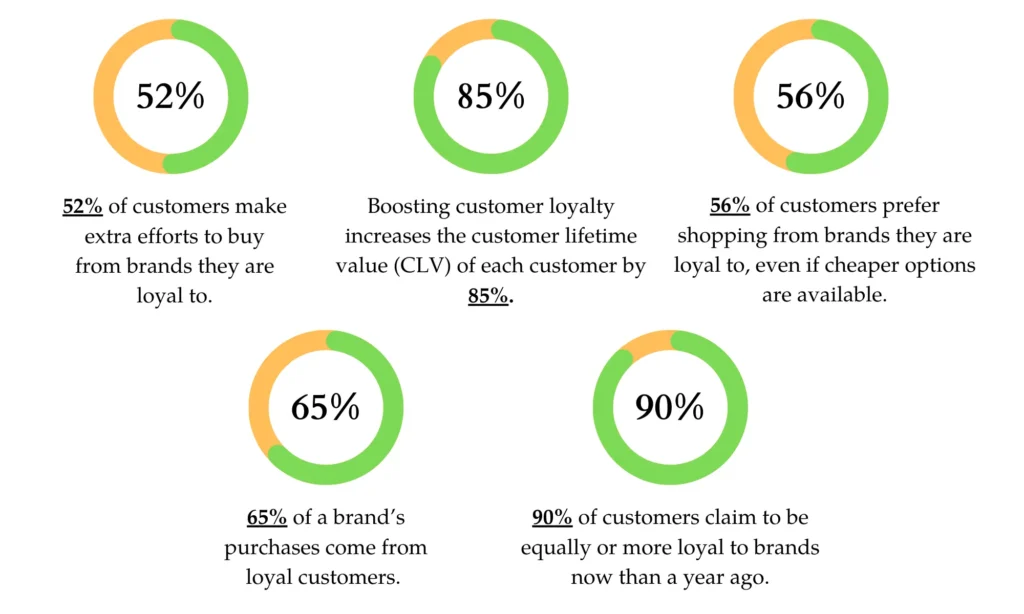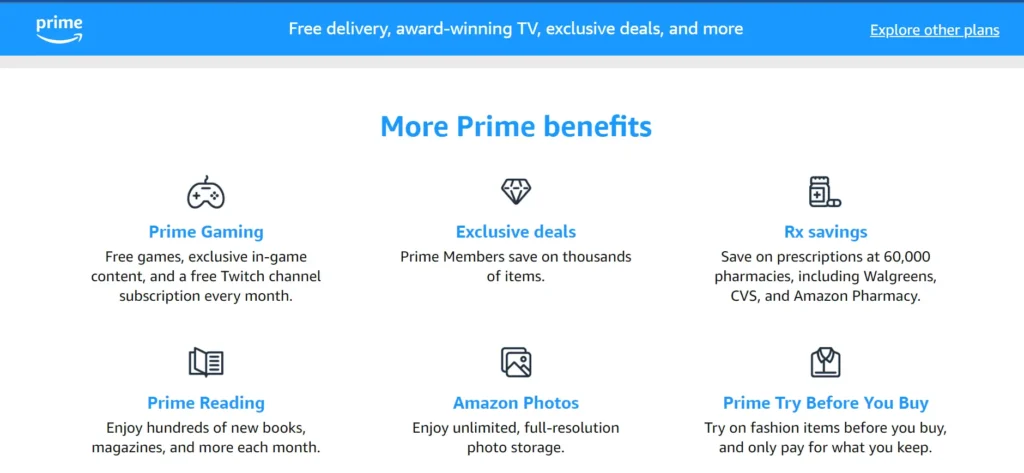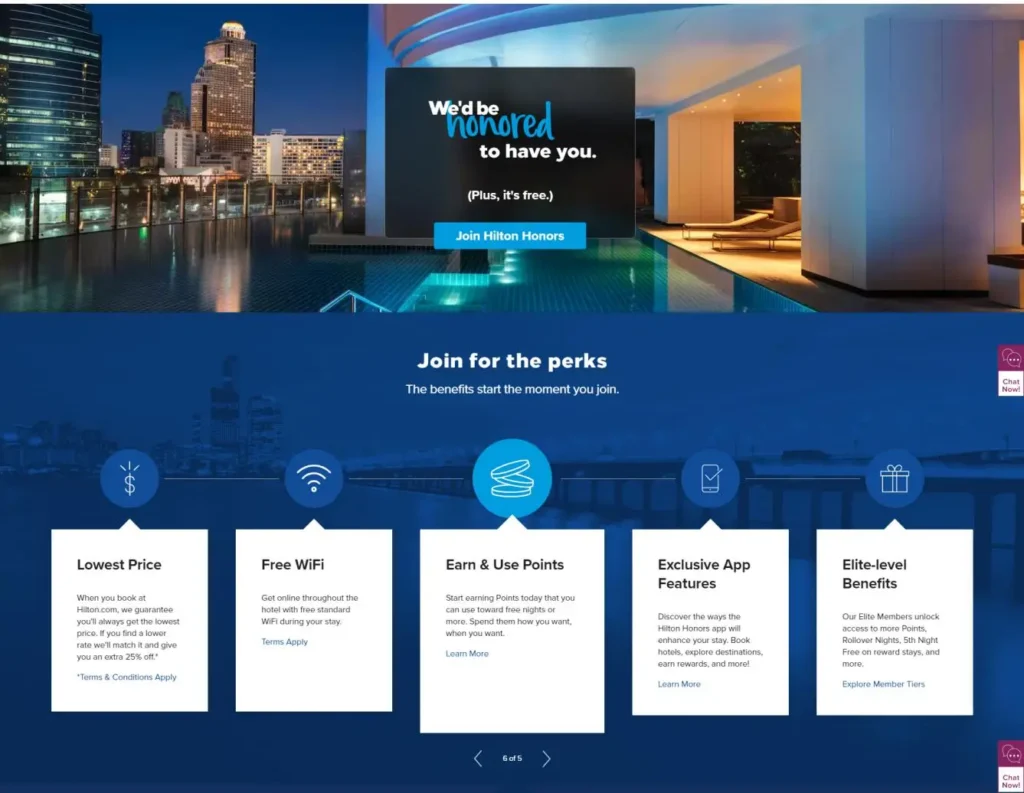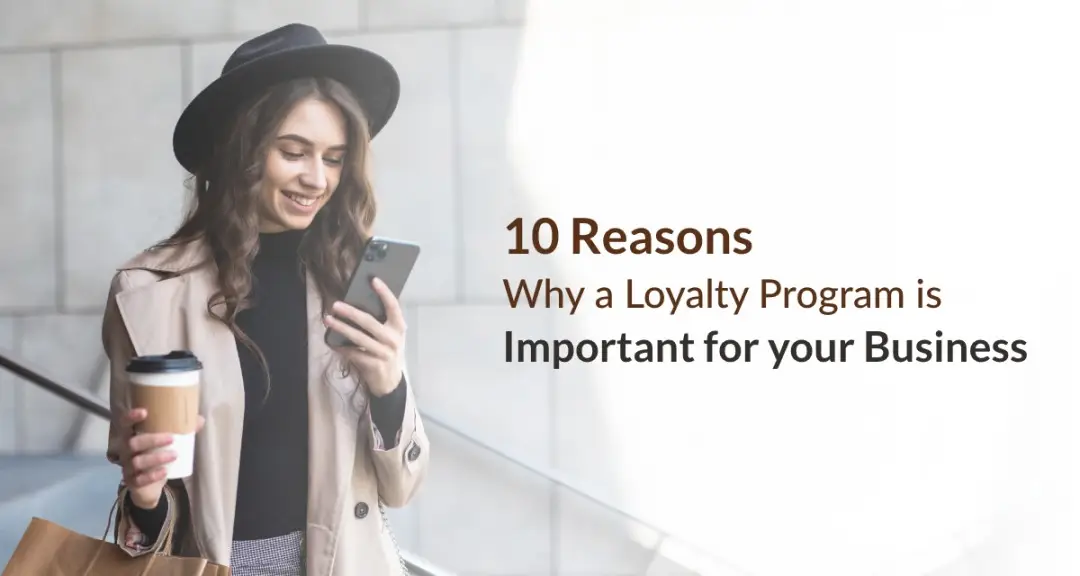From turbulent economic stability to accelerated digitization, the customer experience landscape is evolving enough to test any marketing strategy. Brands and marketers are constantly searching for methods to sustain and scale simultaneously.
Today, customer retention is valued equally with customer acquisition. In addition, the growing competitive market has reflected the value of retaining customers. In such scenarios, loyalty programs have proven to be an effective tool to help brands retain their loyal customers and attract new audiences.
But why are loyalty programs so important? For starters, loyalty programs can increase revenue, as loyal customers are more likely to spend more money with you than new customers. A loyalty reward program allows you to reward your customers for their repeat business and encourage them to continue buying from you.
Furthermore, loyalty programs can help you stand out in a crowded marketplace, differentiate yourself from your competitors, and create a sense of exclusivity among your customers. They can also help you gather valuable customer data and insights to inform your marketing and sales strategies.
Let’s delve into the landscape of loyalty programs to understand how they can help you build a loyal customer base. But first, let’s see some stats that show why customer loyalty is important.
Why is Customer Loyalty Important?

- 52% of customers make extra efforts to buy from brands they are loyal to.
- A 7% boost in customer loyalty increases the customer lifetime value (CLV) of each customer by 85%.
- 56% of customers prefer shopping from brands they are loyal to, even if cheaper options are available from competitors.
- 65% of a brand’s purchases come from loyal customers.
- 90% of customers claim to be equally or more loyal to brands now than a year ago.
10 Proven Advantages of Customer Loyalty Programs
1. To Retain Loyal Customers
Loyalty programs can turn one-time customers into loyal fans. How? Loyalty programs are built around rewarding customers to interact with a brand. These programs encourage customers to purchase repeatedly by offering discounts, cashback, coupons, or points.
Most loyalty programs offer loyalty points to customers on each purchase. Once customers have accumulated a specific number of points, they can redeem them for certain rewards. This point-based structure is prevalent as it keeps customers engaged and offers the flexibility to redeem the rewards they like.
Example: Starbucks Loyalty Program
Starbucks loyalty program, Starbucks Rewards, is one of the most famous & successful loyalty programs. Starbucks Rewards members can earn ‘Stars’ on every purchase via the loyalty app or card. Customers can either get a customized drink for 25 Stars. Or wait till they accumulate 100 Stars to get brewed hot or iced coffee or bakery items.
By offering rewards and benefits for repeat purchases, customers are likely to stick with a business they have already established a relationship with rather than trying out a competitor.
2. To Foster Brand Loyalty
Customers do not hand out their loyalty for free. If they are loyal to your brand, they expect you to be loyal to them too. And loyalty programs are an excellent means to show much you value and appreciate your customers.
Through loyalty programs, you can launch personalized campaigns, curate customized offers and discounts, or engage with customers. This shows customers that you understand their needs and are proactive in fulfilling them.
For example, you can identify which products a customer likes or want and send them a personalized recommendation with a curated discount. Or you can award members bonus points on special occasions to purchase a desired product.
This shows customers that your brand is more customer-centric and allows you to connect emotionally with customers, leading to strong brand relationships and long-term loyalty.
Example: Sephora Loyalty Program
Sephora’s Beauty Insider program provides a personalized experience for each member based on their purchase history and preferences. In addition, Sephora’s program is highly social, with members sharing their experiences and product recommendations through social media.
3. Boost customer lifetime value
Increasing customer retention rates by 5% can increase profits by 25% to 95%. A loyalty program can encourage customers to continue doing business with the company, increasing revenue over time. If the loyalty program is engaging and regularly offers beneficial rewards, it can incrementally boost Customer Lifetime Value (CLTV).
Example: Amazon Loyalty Program

Amazon Prime provides a seamless and convenient customer experience, with fast and free shipping and access to exclusive products and services like Amazon Prime Video. These compelling rewards have helped Amazon boost CLTV, with Prime members spending an average of $1,400 per year on the platform, compared to $600 for non-Prime members.
4. Encourages Word of Mouth Marketing
In the era of digitization, it is no wonder that brands are utilizing social media to win back customers. Many loyalty programs reward customers for referring the program to friends and family or on social media. You can also offer freebies or special perks in exchange for a specific number of referrals. This can help brands grow their customer base without spending as much on traditional marketing tactics. According to a study by Nielsen, 92% of customers trust referrals from people they know.
Furthermore, loyal customers frequently inform their friends and family about the program’s exceptional perks or exclusive offerings, resulting in new customers. Dropbox’s referral program has successfully encouraged referrals, with a reported 60% increase in sign-ups and a 3900% increase in daily sign-ups.
5. Provides Valuable Customer Data
Loyalty programs are data hotspots for brands. From signing up for the program to redeeming a reward, customers provide a vast amount of behavioral and demographic data to brands. And customers are readily sharing their information in exchange for rewards. In fact, 63% of Americans are willing to trade personal information for loyalty program benefits.
Marketing teams can use this data to track a customer’s preferences, purchasing habits, or interests and segment customers into different profiles. Then, you can analyze this data to enhance marketing and customer retention strategies by creating personalized offers, improving customer experience, personalizing outreach, and curating targeted monthly offers for each profile.
6. Increases Repeat Purchases
Loyalty program members receive special offers, discounts, and exclusive deals. These offers are typically paired with appealing rewards that encourage customers to make a purchase. For example, customers can get a free item on purchasing a specific product.
Furthermore, loyalty marketers often use targeted communication to encourage frequent purchases. For example, sending out notifications like — “only 10 more points for a free trip” or “last 24 hours to redeem a concert ticket” generate the FOMO (fear of missing out) effect in people. It motivates them to make another purchase to get exclusive rewards, increasing overall sales and revenue for the business.
7. Creates a Competitive Advantage
A well-designed loyalty program can help a business stand out from its competitors and attract new customers looking for rewards and incentives. This can give your brand a competitive edge and help it retain customers in a crowded marketplace. According to a study by Deloitte, 75% of customers say that loyalty programs are an important factor in their decision to do business with a company.
Furthermore, loyalty programs enable brands to create a unique selling proposition. Through loyalty programs, you can offer rewards and experiences that are valuable and tailored to the target audience, allowing you to retain customers more effectively.
Example: Hilton Rewards Program

For example, Hilton’s Honors program has over 100 million members worldwide and a reported increase in revenue per available room (RevPAR). Hilton Honors have differentiated itself by offering unique rewards through its program. Additionally, the program is integrated with the Hilton mobile app, which offers a seamless and convenient customer experience.
8. Navigate Economic Downturn
In the past few years, brands have experienced many global crises. First, with the pandemic, then the inflation. Both these significant events severely affected customer behavior and purchasing habits. While the pandemic accelerated digitization, inflation caused people to become cautious in their spending habits.
In such times, loyalty programs can be your best bet in retaining customers. The economic downturn makes customers more price-sensitive. You can offer more value by modifying your rewards to make them more transactional. For example, you can think instead of points, you can offer a loyalty currency in the loyalty program, which customers can use to purchase products.
Another option is to give cashback on each purchase. Since cashback rewards are tangible and can be used to make other purchases later, they are becoming popular in the UK, where inflation is at its highest.
9. Create Brand Advocates
When customers consistently have positive brand experiences, they are bound to share them with others. Loyalty programs can encourage social shares by rewarding customers for the same. For example, brands can reward members for mentioning them on social media. Furthermore, consistent and tailored rewards can help brands form emotional connections with customers and foster long-term relationships. These customers purchase from the brand frequently and recommend it to others.
10. Upselling and Cross-selling
Upselling and cross-selling are marketing techniques that encourage customers to purchase additional products or services beyond their initial purchase. In addition, loyalty programs can effectively incentivize customers to try new products or services or purchase additional items.
Through loyalty programs, brands can offer rewards or discounts for purchasing certain products or services. Loyalty programs can increase the effectiveness of upselling and cross-selling efforts by offering customers products or services more likely to interest them. This incentivizes customers to try out new products or purchase additional items, increasing the overall revenue generated from each customer.
Last Note on the Importance of Loyalty Program
Implementing a customer loyalty program is nothing but the near-perfect solution to the most common problem for every brand – market instability and growing competition. Creating a community, instilling brand emotions, and cultivating brand-customer relationships are steps that put your brand ahead of others.
Loyalty programs are a powerful tool that can help you cultivate a dedicated following of loyal customers who will continue to choose your brand over the competition. Not only does this increase revenue and customer retention, but it also creates a positive brand image and helps to build long-term relationships with your customers.


